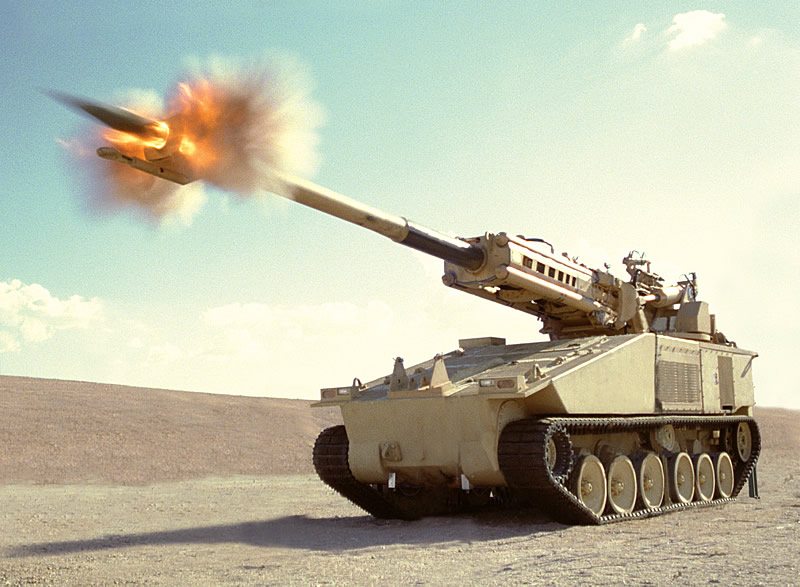Remember the Future Combat System (FCS)? This was a complex “system-of-systems” which involved manned and unmanned ground and aerial vehicles, advanced weapons systems and sensors, some of them remotely operated and an all-encompassing command, control and communications network to hold it all together. After nearly a decade of development and the expenditure of tens of billions of dollars with virtually nothing to show for it, then-Secretary of Defense Robert Gates cancelled the program.
So how is it that the Israeli Defense Forces (IDF), operating on a tight budget and timeline, seems to have been able to do what the U.S. Army with all the technological and financial resources available to it couldn’t? Take the network, what was to be the heart of the FCS. The network was supposed to connect vehicles, aircraft, unmanned aerial vehicles (UAVs), robots, autonomous sensors, remote weapons and dismounted soldiers, transmitting voice, data and video effortlessly, thereby enabling commanders and headquarters to maintain a common operating picture. The Army could never get the network to work properly.
The IDF is now deploying, albeit in pieces, the essential elements of such a network. Part of this system is the Digital Ground Army (DGA), a real-time system that provides a common operating picture for all echelons. DGA generates a map, updated in real time, of all forces – friendly and hostile – in a battle arena. Various units, including aircraft and ships, can share the coordinates of the enemy – and their own location – in the course of a battle. DGA is linked to the computers of tanks and cannons, and combat vehicles. The system will work at all echelons, from the individual soldier or vehicle, up to battalion, brigade and even division commanders. Another piece of the network is called See-Shoot, which operates along Israel’s borders. See-Shoot rapidly processes and transmits data from multiple sensors to remote firing stations as well as mobile platforms such as tanks, artillery and the Tammuz precision weapon. A third element is a frequency switching radio capable of transmitting voice, data and video with encryption. Sounds pretty much like the FCS network to me.
The Tammuz is another example of a capability that FCS was supposed to produce. One focus of the FCS was an autonomous missile system, called the Non-Line-of-Sight (NLOS) Launch System, essentially a clutch of tactical missiles in a box that could be deployed anywhere on the battlefield and launched remotely. Tammuz is just such a capability: an NLOS version of the Spike anti-tank missile with a 25 km range, deployed in a canister, able to be launched remotely based on data from distributed sensors. Tammuz is now deployed along Israel’s borders with Syria and Lebanon. The IDF also has the mini-Spike electro-optic guided missile, the world’s smallest personal missile, 70 cm long, 75 mm in diameter, weighing just 4 kg and with a range of 1.5 km.
FCS planned on employing an array of advanced unmanned ground and aerial sensors and vehicles. The unattended ground sensor was one of the last bits of FCS to be cancelled. The IDF has a host of such systems, including the EyeBall, an advanced audio-visual surveillance device a little bigger than a tennis ball, the Skylark, man-portable mini UAV, the Guardium Autonomous Unmanned Ground Vehicle and the SnakeCam for investigating tunnels and caves.
Filling out the array of FCS-like systems in the IDF’s inventory is the Trophy Active Protection System for military vehicles, an extensive family of medium and large UAVs, the Iron Dome tactical missile defense system, long-range guided mortars and advanced armored fighting vehicles such as the Namer – which had been considered a possible competitor for the role of the U.S. Army’s Ground Combat Vehicle. If you go down the list of the dozen or more elements of the FCS system-of-systems, the IDF has deployed virtually all of them.
Together with traditional systems such as the Merkava main battle tank, Apache attack helicopter and self-propelled artillery and rocket systems, the IDF has in the field a capability for advanced mobile, combined arms warfare that the U.S. Army can only dream about.











